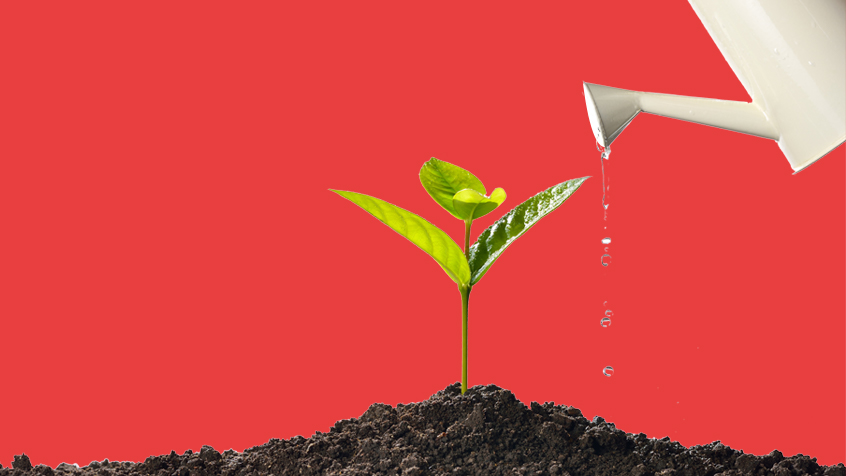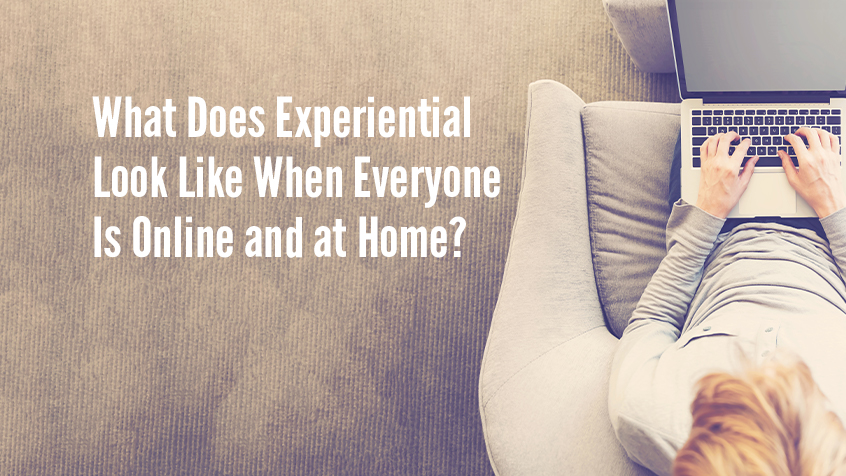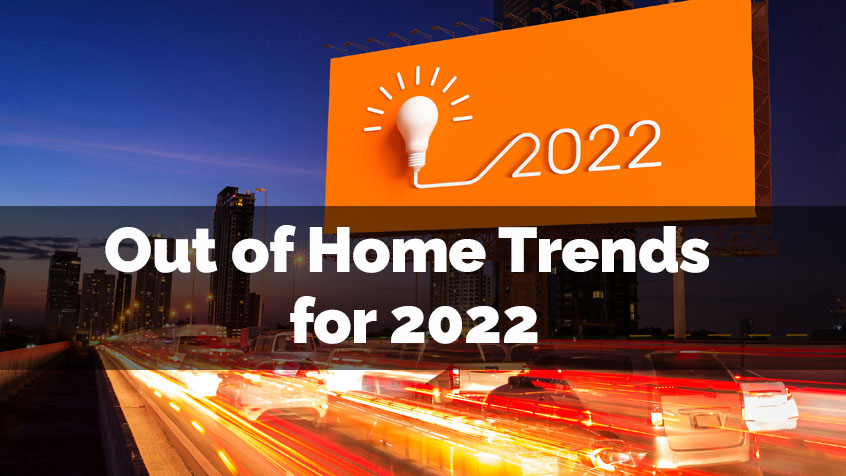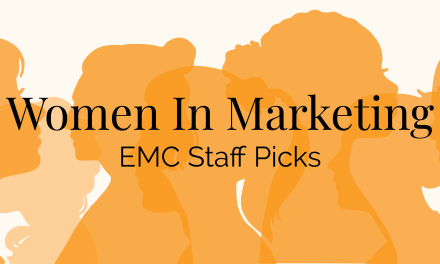Well, it has been an eventful couple of weeks in the Out-of-Home industry to say the least. I’ve been traveling and it’s given me some time to think about what everyone has been saying, and I felt like it was time to share my thoughts supporting Geopath and its mission.
“Throw the baby out with the bathwater”. “Cutting off your nose to spite your face”. “Shooting yourself in the foot”. These are the phrases that have been coming to mind over the last week or so.
Out-of-home (OOH) advertising is an incredibly powerful channel for reaching audiences in public spaces, yet its effectiveness and growth hinges on reliable and standardized measurement.
For decades, Geopath has been the backbone of OOH measurement, providing the credibility that advertisers and media buyers need to confidently invest in OOH campaigns. But challenges in the last few years have raised questions about its future. These have erupted into the public discourse over the last few weeks, often with an incomplete picture. Now more than ever, we need to rally behind this essential organization.
Is Geopath perfect? Of course not, nothing ever is. Have there been challenges? Of course – show me an organization or company that hasn’t had its share of problems. We can (and must) work through them. That work is already well under way – a fact that has been overlooked in much of the recent commentary.
Why Geopath Matters
Geopath, founded as the Traffic Audit Bureau for Media Measurement nearly 100 years ago, has been pivotal in standardizing measurement for OOH advertising. Its role as an independent, unbiased third-party provider ensures transparency and trust in impression data. This function is not just helpful—it’s necessary for the continued growth of the industry.
Just to make sure we are all on the same page, here’s why supporting Geopath is so important:
1. Standardization, Accuracy, and Consistency
Geopath provides a universal methodology for measuring OOH impressions, enabling brands, agencies, and media operators to speak the same language. Without this standardized approach, the OOH industry risks becoming fragmented—forcing advertisers to validate and compare inconsistent data from multiple providers.
When advertisers trust that Geopath’s numbers are accurate and consistent across vendors, media formats, and markets, they can allocate OOH budgets with confidence. Introducing multiple independent measurement methods, on the other hand, creates uncertainty and complexity that can erode trust in OOH advertising as a whole.
2. Independence is Essential
Independence is what makes Geopath’s metrics reliable. Acting as a neutral third party, Geopath eliminates bias in measurement methodologies, building trust among industry stakeholders.
Advertisers can rest easy knowing that the data isn’t skewed in favor of a specific publisher or vendor. Without an independent third-party organization like Geopath, advertisers would have to rely on self-reported data—essentially trusting publishers to grade their own performance. That’s a situation no one in the industry wants.
3. Data Interoperability and Omnichannel Flexibility
The marketing world has entered an era where omnichannel strategies reign supreme. To succeed, OOH must seamlessly integrate with other media channels like digital, social, and TV.
Supporting Geopath is critical for bridging this gap. The organization’s standardized measurement framework supports data interoperability, allowing OOH to align with other channels for smarter campaign planning. This integration not only enhances the effectiveness of OOH but also ensures that OOH remains a relevant player in larger marketing strategies.
Supporting Geopath Through Challenges and Progress
It’s no secret that Geopath has faced challenges in recent years. Financial struggles, combined with a rapidly evolving ad-tech landscape, have created hurdles for the organization. However, Geopath has taken substantial steps to address these issues, showing a commitment to continued improvement.
Recent updates from Geopath’s interim leadership paint a positive picture for the organization’s future. By renegotiating vendor contracts, tightening budgets, and updating dues for the first time since 2023, Geopath has achieved a more stable financial position. Additionally, updates to its data capabilities—incorporating post-pandemic mobility patterns and cutting-edge road network definitions—ensure that its measurements remain the gold standard for OOH.
These efforts demonstrate Geopath’s commitment to its mission and underscore its resilience in the face of industry challenges.
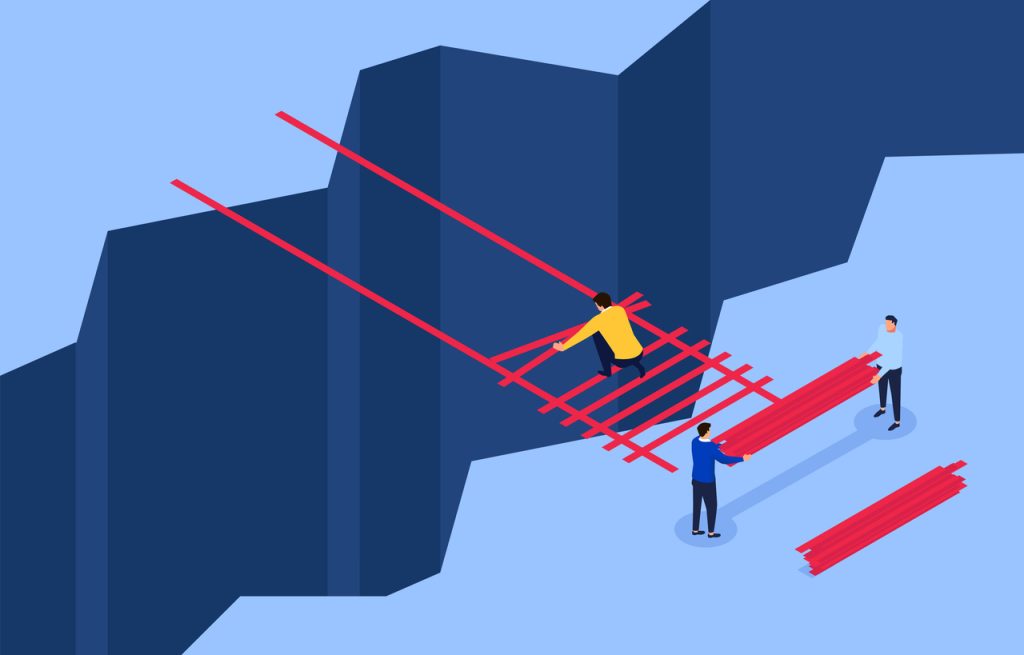
What’s at Stake for the OOH Industry
Without Geopath, the OOH industry risks returning to the days of planners and buyers “discounting” impressions because they simply don’t believe them, or worse yet – not including OOH at all. This is a stark but accurate depiction of what could happen if stakeholders fail to unify under a common measurement framework.
Here’s what’s at stake if the industry doesn’t rally behind Geopath:
- Confusion for Advertisers: A lack of standardized metrics makes OOH seem harder to plan and buy, potentially driving down investment in the channel.
- Lost Growth Potential: Larger advertisers—who represent the biggest budgets—may perceive OOH as too complex compared to other media channels with standardized metrics.
- Missed Omnichannel Opportunities: Without alignment between OOH and other media types, OOH risks being overlooked in innovative omnichannel strategies.
Supporting Geopath is not just about preserving the status quo; it’s about securing the future of the OOH industry.
Why Everyone Should Support Geopath
Everyone who works in the Out-of-Home industry has a stake in supporting Geopath. The potential benefits of even incremental growth in the industry are significant. But in the end, most people will ask “what’s in it for me?”.
- It Enables Growth in Media Budgets:
One of OOH’s long-standing challenges is its share of media budgets, which has hovered between 4-7% for decades. By providing credible data that aligns with modern advertising expectations, Geopath helps OOH compete for a larger slice of the pie.
- It Drives Accountability and Transparency:
Geopath’s methodology ensures that campaign metrics are transparent, enabling advertisers to evaluate performance confidently. This accountability builds trust—a crucial factor for attracting larger advertisers.
- It Helps OOH Compete with Other Media Channels:
To win budgets from major advertisers, OOH must be on par with other media in terms of measurement standards and data quality. Supporting Geopath makes this possible, giving OOH a seat at the table in omnichannel marketing strategies.
- It Supports Innovation and Future Growth:
Geopath’s data isn’t just for the present—it’s paving the way for the future of OOH. By incorporating mobility data and exploring AI-driven advancements, Geopath is ensuring the industry is prepared for what’s ahead.
- It Unifies the Industry:
A fragmented industry is a weak one. Geopath’s role as a unifying body ensures that all stakeholders—brands, agencies, and vendors—operate under common standards. This unity fosters collaboration and accelerates growth.
A Call to Action for OOH Professionals
The success of Geopath is inextricably tied to the success of the OOH industry as a whole. Supporting Geopath means supporting standardization, trust, and growth—three pillars that are essential for OOH’s future.
If you’re an advertiser, agency, or marketing professional, consider the role you can play in advancing this mission. Whether it’s becoming a Geopath member, advocating for its methodologies, or simply staying informed about its progress. Your support matters.
Together, we can secure a brighter future for OOH—one that’s built on trust, transparency, and innovation.
If I can indulge in one more analogy. The idea that the Out-of-Home industry can grow without a unified, unbiased currency is a seductive flame. Let’s be sure we’re not the moth.


